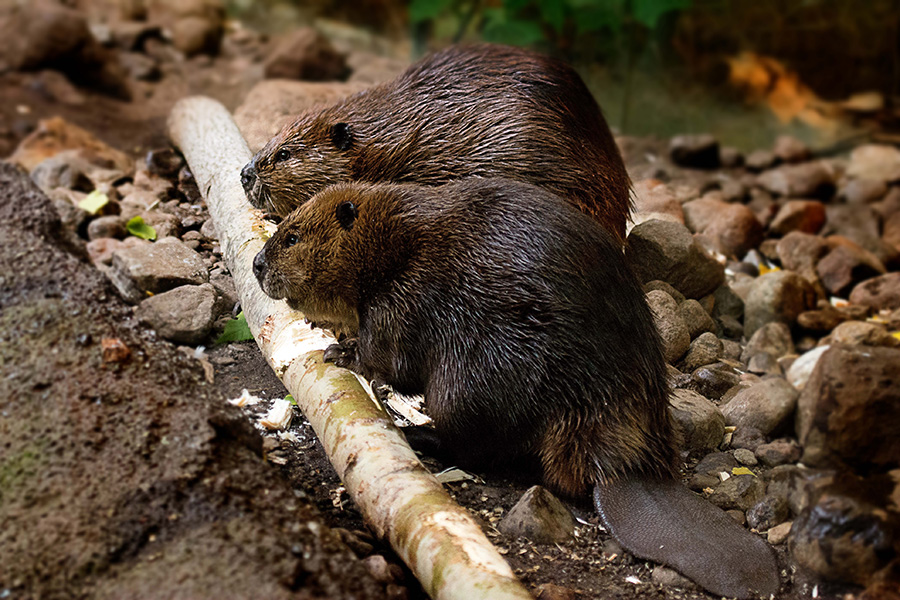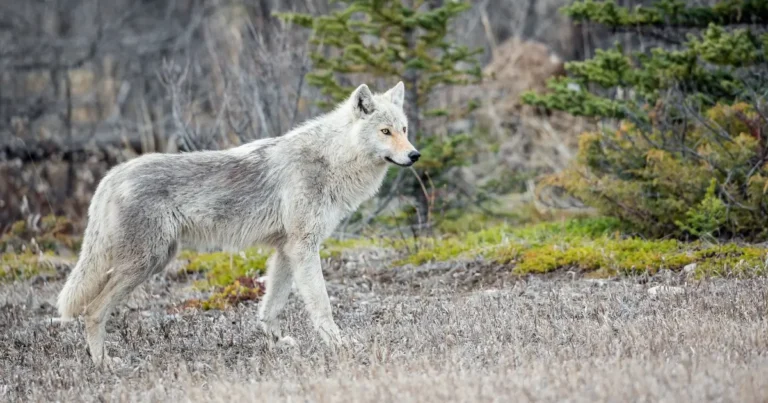
Many municipalities have policies on the books about managing wildlife locally, particularly as it relates to infrastructure maintenance. In some cases, a specific policy may exist in relation to beavers, beaver dams, and the potential harm that can be dealt to infrastructure by beaver activity. But many of these policies may simply refer city staff or residents to lethal control after a vague sentiment about attempting alternative measures or methods to prevent damage.
This vague sentiment is where The Fur-Bearers, as well as our supporters and the taxpayers who contact us, take issue. Even in a case where a municipality has the knowledge and experience to build flow devices, or enact other co-existence measures such as feeding by-laws, investigation of conflict, and enforcement of local ordinance, there is no written requirement that these methods must first be attempted, or what they are.
In cases of change – for instance, a turnover in political power at a council, or retirements/movement within staff – having that policy written out, with clear directives that non-lethal measures, including flow devices (or other methods as necessary), it ensures a future of co-existence. When community members seek out information on how best to resolve a problem on their property, it serves as the example, or even a checklist of possible solutions, prior to lethal control. And, even for those politicians for whom public perception is more important, it shows that other measures must first be followed prior to the killing of animals.
Building a policy that has clear objectives, such as ensuring co-existence methods likeflow devices and tree wrapping (or hazing, enforcement, and education for other animals) are completed before any decision to relocate or kill an animal, ensures a culture of understanding in a community that all life is valued – and that the priority is preventing unnecessary, and potentially ecologically harmful, violent actions against animals. This can mean adding a single line of proven solutions to a policy, or developing an in-depth municipal plan for managing wildlife conflict.
The Fur-Bearers have proudly assisted communities in developing various policies – and, with the support of tens of thousands of Canadians, will proudly continue to do so.
monthly donor(for as little as $10/month – the cost of two lattes) pleaseclick hereand help us save lives today.

